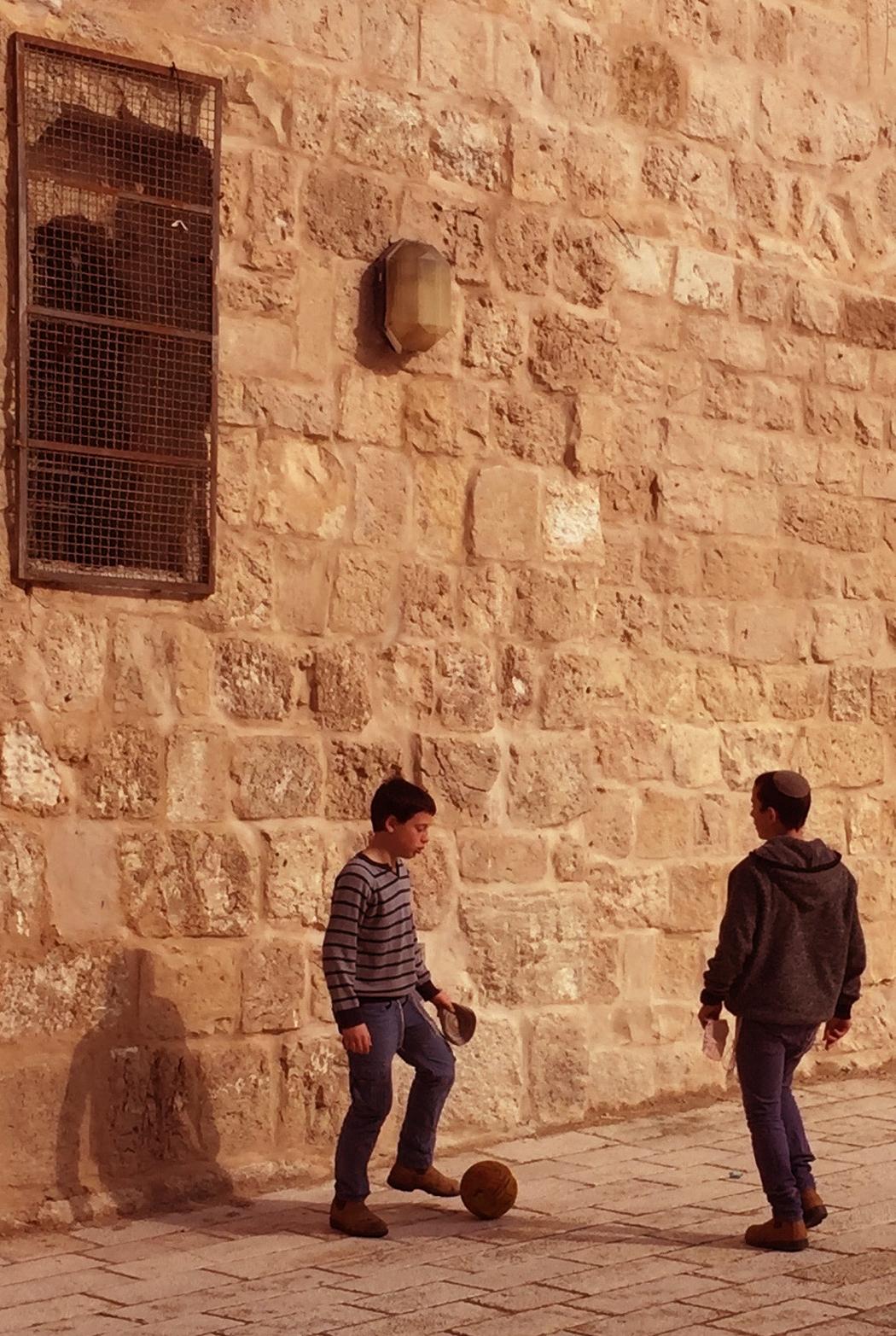Nina Testaverde
 Nina Testaverde | Portrait Of Israel
Nina Testaverde | Portrait Of Israel
Your previous practice has focused on material culture and the language of craft. What inspired you to move toward photography for this new project?
I have been photographically documenting for some time, though I do not seek out, necessarily, to impose a story.
This project came to me, by instance in Athens, after having spent time connecting, and forming a friendship with a women named, Asma. The intention was not to create an exhibition or a project, rather, after listening to her speak about her life and experience, I felt that that I had wanted to capture the moment and share it with her.
The images are speaking a language—they carry inside of these moments, a dialogue both as separate images, and in conversation with one another. In this way, I see photography as a branch of visual culture, through the capture of fleeting moments in time, space, and context.
Can you tell us more about your encounter with Asma and how this meeting shaped the narrative of your “Portrait of Palestine”?
If there were ever a time to listen and learn from the experiences of other human beings without the barrier of social media and external social conceptions, now would be the time to begin (or to continue). Asma shared with me her story, not only as a Palestinian woman who has been displaced by war, but as a friend. She shared her experience leaving the culture and country which she loves; her people, family members, friends— many of whom, may not have had the chance to survive the horrific tragedies which continue to occur, today, in Palestine. She spoke of the land, the olive trees, and her beloved streets of Gaza, which remain forever changed.
It did not feel like a choice, but a necessity, that I should share the image of the portrait (with permission)— one image of very many Palestinian and Israeli people who have been impacted by the tragedies which continue to occur.
Both photographs seem to be in silent dialogue — what emotional or symbolic balance did you wish to express between “Portrait of Palestine” and “Portrait of Israel”?
The image of two children at al-Madina al̄-Qadima, Jerusalem, is entitled ̄ Portrait of Israel. Innocent boys, at play, unaware of what awaits themselves and their families as this war develops— taking lives and creating tensions which rob them of certainty for a peaceful tomorrow. A casualty of war: the innocence of children.
The image was taken in 2018, prior to the height of this conflict. I met a man who had his hearing taken after a bomb had detonated on a public bus. Even during this perceived time of peace there was tension; a wall, separation, vigilance. I realized, in these quiet moments, as children play, that freedom was not inherent. Two boys play, despite political tensions— outside of the noise of a conflict which they did not choose.
In both instances; the children in Jerusalem, and Asma having fled from her homeland—there was not a choice. One image speaks to the other, in innocence. Both sides are impacted and both sides have experienced immense loss.
The images are titled, simply, Portraits. Together, their dialogue speaks to both sides of this devastating, ongoing conflict.
 Nina Testaverde | Portrait Of Palestine
Nina Testaverde | Portrait Of Palestine
Do you consider these works part of a larger ongoing project about transnational dialogue, or do they stand independently as a statement on conflict and humanity?
The work is a continuation of a dialogue which tends to be bound together by human relationships and the complexity of global cultures.
What kind of emotional reaction or reflection do you hope the viewer experiences when seeing these portraits side by side?
A reflection on the passage of time between these two images, and the events which have transpired in the space inbetween. Remembrance— an understanding of a situation which is very real. Those who are directly impacted by this conflict come from vastly different political views, yet we are as humanity, not as sides of a faceted political and ideological conflict.
Looking forward, do you plan to continue exploring photographic storytelling in your future practice, or return to ceramics and mixed media?
Spero! My creative work is a holistic part of my experience, as such, I will continue to create in whichever medium allows me dialogue.

Leave a Reply